Coco Chanel was a designer who loved dressing women in quality garments. She knew her fabrics, and she knew her techniques.
Generations later, the Chanel namesake passed her entire legacy and design ethic down to Karl Lagerfeld, who eventually refreshed the Chanel brand with the iconic quilted bags we’ve all come to associate with the brand.
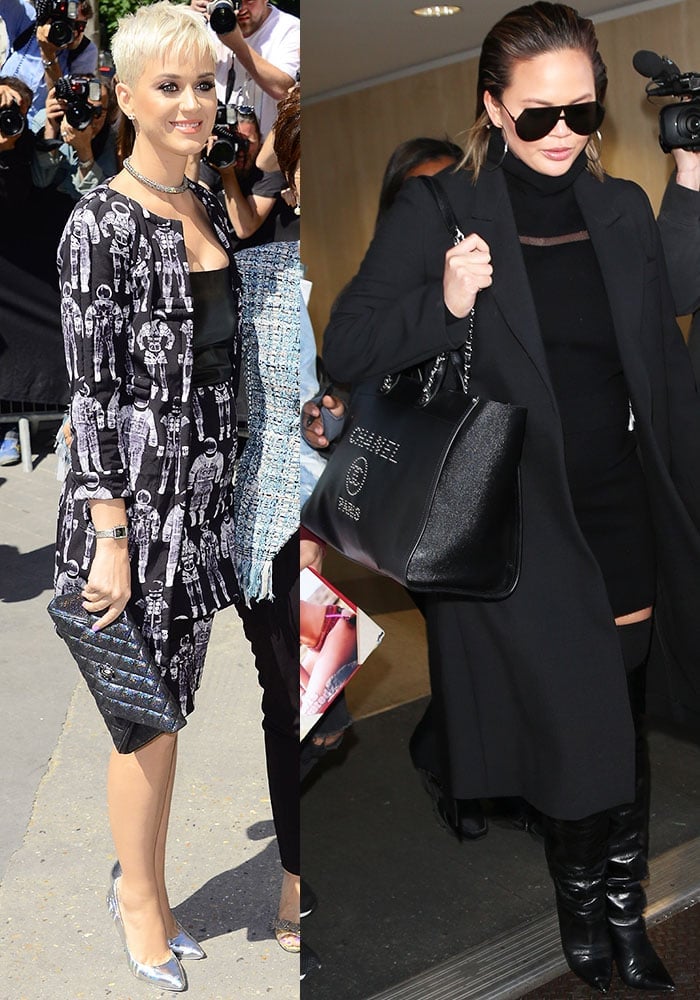 Left: Singer Katy Perry attends Fashion Week with a quilted clutch. Right: Model Chrissy Teigen braves the airport crowd with the Chanel shopping bag (Credit: Radoslaw Nawrocki / Brian To / WENN / Instar)
Left: Singer Katy Perry attends Fashion Week with a quilted clutch. Right: Model Chrissy Teigen braves the airport crowd with the Chanel shopping bag (Credit: Radoslaw Nawrocki / Brian To / WENN / Instar)
Lagerfeld is a natural perfectionist, which shows in the quality of the Chanel bags produced today.
Even though many other brands have adopted the Chanel leather quilting technique, none have perfected it. Even triple-A knockoffs can’t quite keep up.
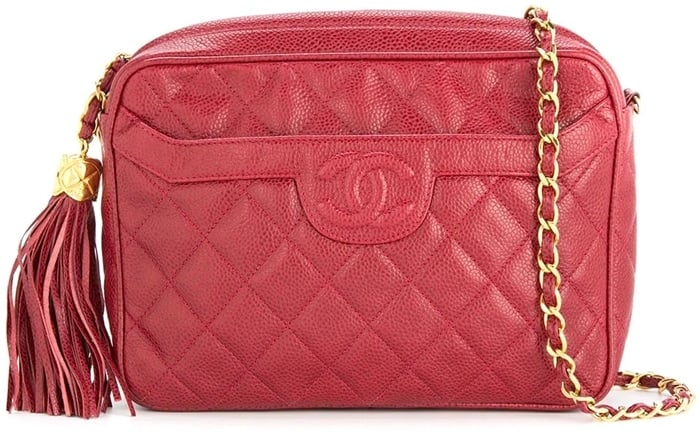
Unfortunately, it can be easy for an unsuspecting buyer to fall prey to counterfeit Chanel vendors. Purchasing a Chanel handbag directly from an authorized retailer or boutique is one of the most reliable ways to ensure you’re acquiring an authentic product.
Below is a list of things to remember when purchasing secondhand Chanel to help you differentiate a real Chanel piece from a fake:
1. How to Tell Genuine Leather from Synthetic Leather
If you’re a leather goods enthusiast, we’re sure you can already tell genuine leather from the synthetic version.
There are several ways to tell the two apart, but the most telling is the smell. Synthetic leather will often like chemicals, while genuine leather has a musty and natural scent.
Genuine leather is soft and supple, while synthetic leather is often stiff and plasticky.
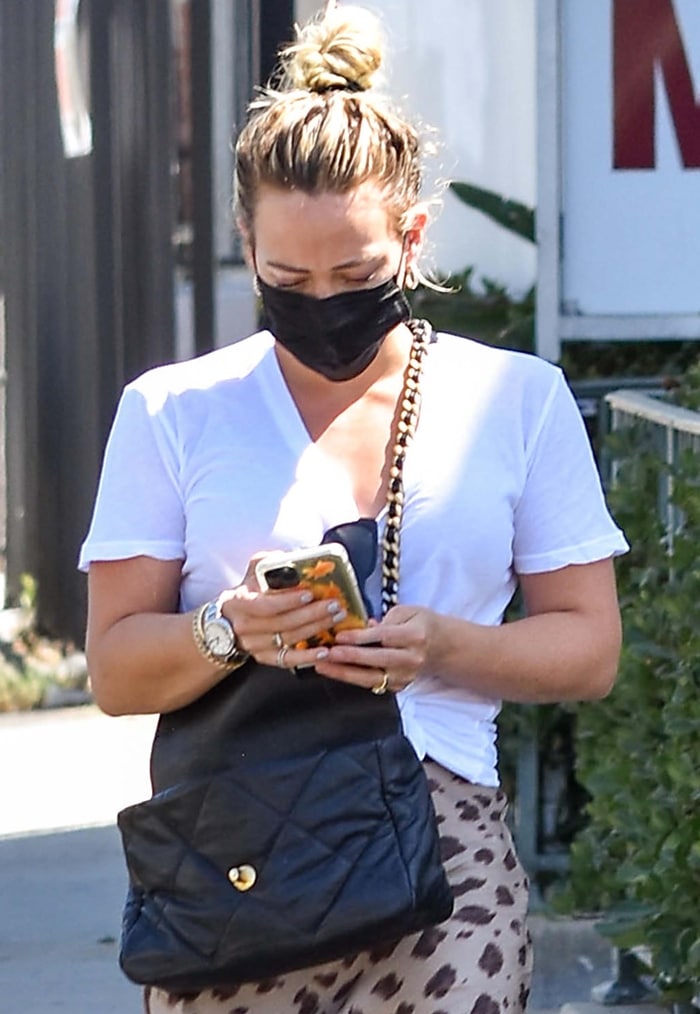
Also, take a look at both the give and color of the product. Natural leather is malleable and will soften over time, whereas synthetic leather retains its original shape for a long time.
Genuine leather will have a natural grain, while synthetic leather will have a uniform texture.
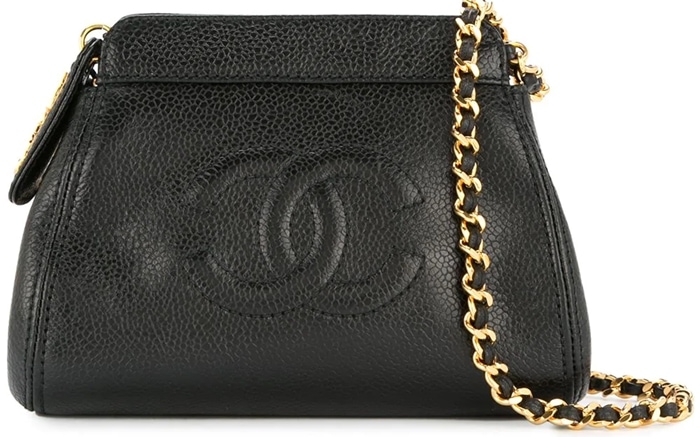
The color variety is also more limited for natural leather since dyeing isn’t as flexible as man-made materials. Natural leather is made from animal hides, and the color of the hide is determined by the animal’s breed and the tanning process.
2. Chanel’s Authentication Methods
Chanel bags used to be authenticated using a serial number sticker and authenticity card. The serial number was specific to the bag and indicated the time and place that the bag was produced.
The stickers went through six design versions over the years. The all-numerical serial numbers also changed, starting with a 6-digit code in the mid-80s and increasing to 8 digits in 2021.
Chanel has introduced a new method of authenticating its handbags and chain wallets. Starting in April 2021, they have replaced the serial stickers and authenticity cards with microchips. The microchips are embedded in a metal plate attached to the bag’s inside.
The plate has an 8-digit alphanumeric serial code and the classic interlacing CC logo. The microchip data can only be scanned with proprietary machines by Chanel sales associates and managers at the boutiques.
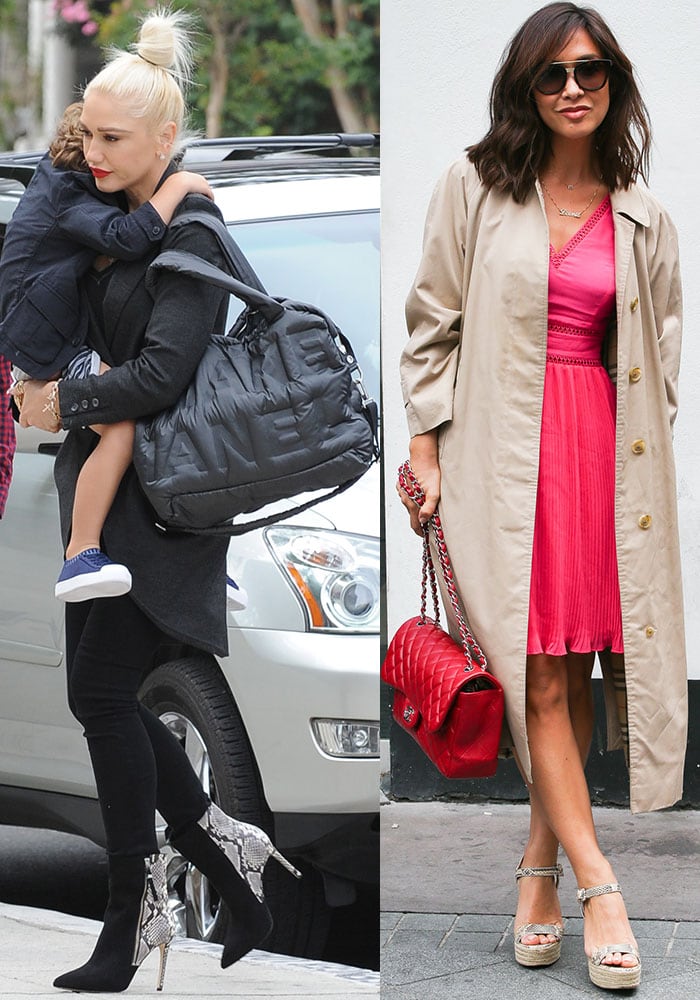
3. Chanel’s Attention to Detail
Chanel is known for its attention to detail, which is evident in its “made in” label on its bags. Authentic Chanel bags have the “made in” text stamped neatly and evenly, with proper spacing between the letters.
The text should not bleed out or be blurry. The text should also have ample spacing at the bottom of the label. Counterfeit bags often have the text placed too close to the stitching, which is a dead giveaway that the bag is fake.
4. The Font and Spacing
To the untrained eye, fake authenticity cards look pretty similar to authentic ones. However, a few key differences can help you spot a fake.
One of the most important things to look for is the font and spacing of the text on the card. Authentic Chanel authenticity cards use a specific font that is distinctive and difficult to replicate. The letters should be evenly spaced and clear.
The serial number on the card should also be the same font and spacing as the text on the bag. If the serial number looks different, it is likely a fake.
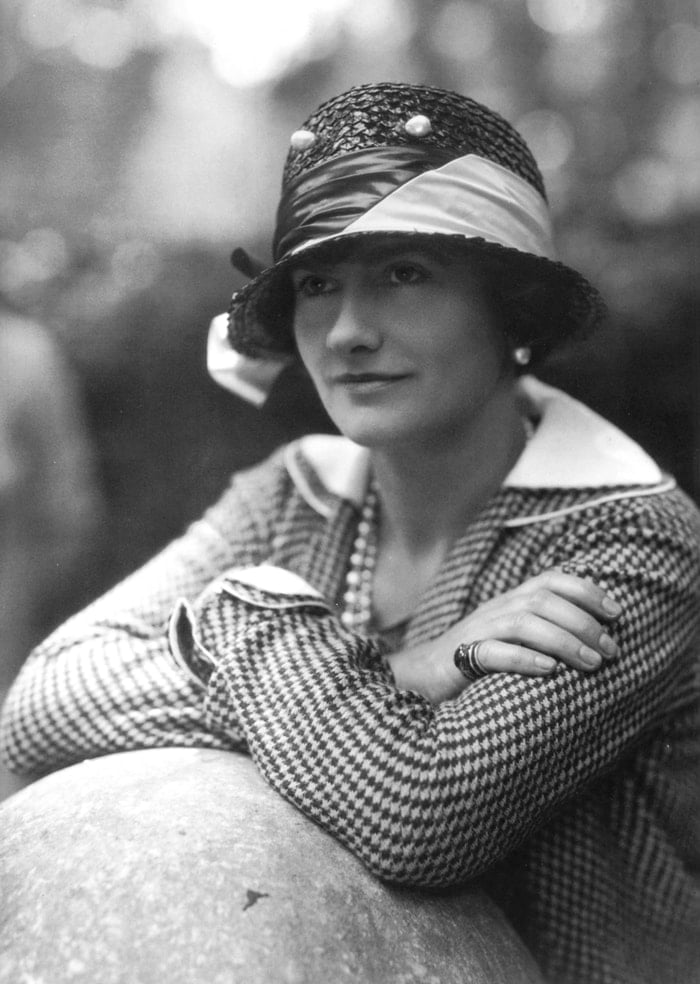
Another giveaway of a fake authenticity card is the color of the print. Authentic Chanel authenticity cards have a muted and elegant color, while fake cards often have a yellow or rainbow sheen.
5. Check the Grommets
Grommets are the metal hardware, often rings, through which the chains or straps of the bags are threaded.
Chanel has a very specific way of setting its grommets during production. The brand uses a kick press machine with a particular die, so the metal is set back into the leather flawlessly.
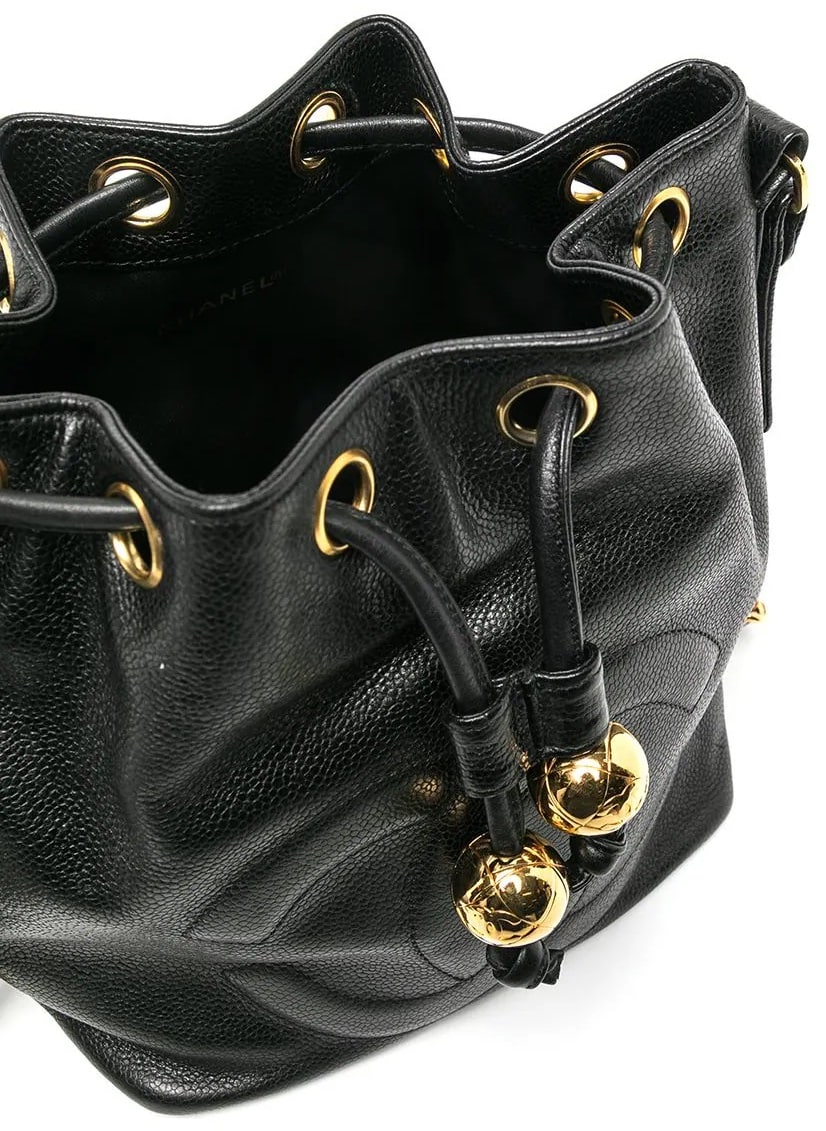
This results in a grommet that rolls back cleanly and symmetrically into the leather. There should be no ridges or edges when you run a finger across the grommet.
Counterfeit Chanel bags often have grommets that are not set properly. The grommets may be crooked, or they may have ridges or edges.
6. How to Spot a Fake Chanel Zipper
Chanel’s commitment to quality is evident even in the small details, such as the zippers used in their bags.
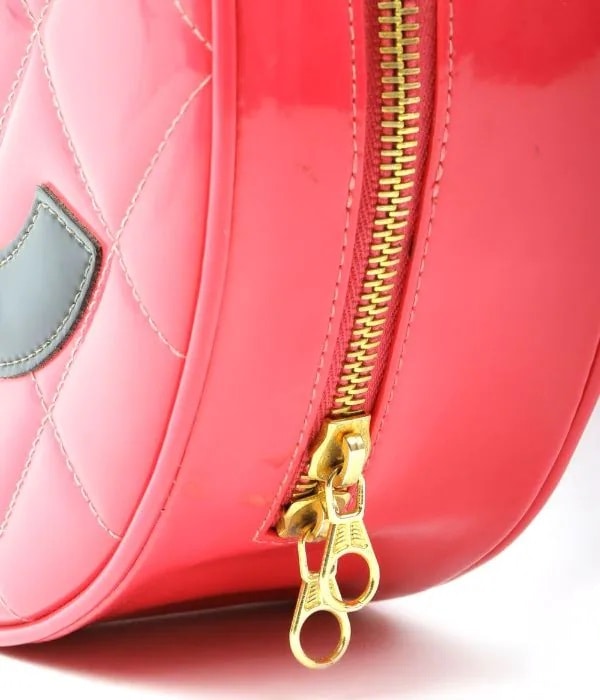
For many of their bags over the past two decades, Chanel has used zippers from the high-quality Italian brand Lampo. The presence of the Lampo logo on the back of the metal-tooth hardware is often a positive sign of authenticity.
Counterfeiters may attempt to replicate these zippers, but a close inspection usually reveals discrepancies. Authentic Lampo engravings are crisp, clear, and evenly spaced. The engraving quality in genuine products is typically superior to that found in counterfeits.
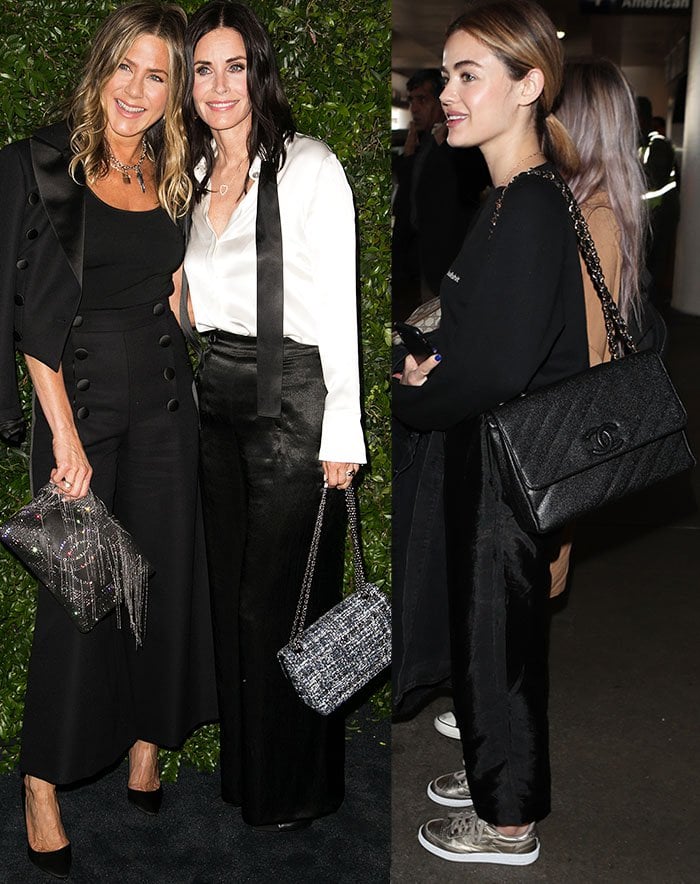
Beyond logos and engravings, the actual function of the zipper is a testament to quality. Authentic Chanel bags will have zippers that move smoothly and effortlessly, aligning with the brand’s overall emphasis on luxury and precision.
7. Bring Out the Dust Bag
While counterfeiters go to great lengths to replicate the actual Chanel product, auxiliary items like dust bags might not receive the same attention to detail, making them a valuable tool in the authentication process.
An easy way to tell if your purchase is a replica is to study the dust bag. Authentic Chanel dust bags are made of high-quality materials, typically soft and luxurious to the touch.
Counterfeit versions might use cheaper fabrics that don’t feel as refined. Chanel’s dust bags are trendy; some retail on eBay for over $100.
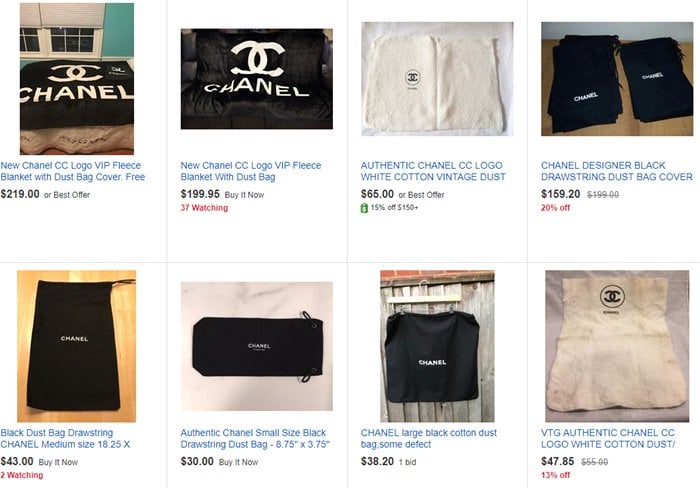
Chanel dust bags typically come in black or white. The expanded logo should be centered and printed in white, not gray. The placement is usually at the bottom for bags that use the CC logo.
The Chanel logo on an authentic dust bag will be crisp, clear, and precisely positioned. Counterfeit dust bags may display uneven logos, imperfect stitching, or inconsistencies in the font or size.
Authentic dust bags are designed to fit the product they accompany perfectly. Counterfeit bags might be too big or too small because they’re not made specifically for the item they’re meant to protect.
8. Check the CC Lock
The CC lock, also known as the “Mademoiselle Lock” on Chanel bags, is a distinctive feature, and understanding its details can aid in distinguishing between an authentic Chanel bag and a counterfeit one.
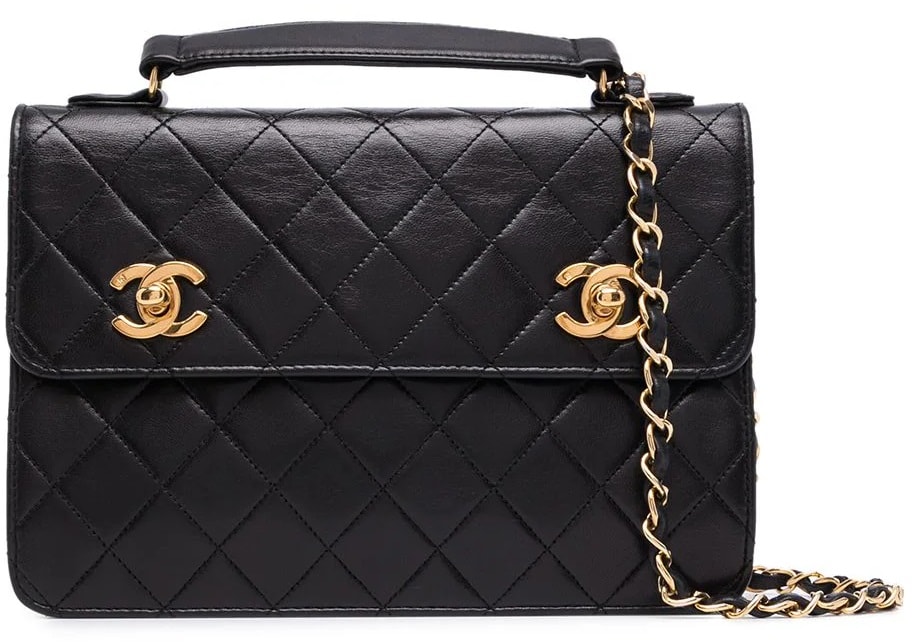
For bags with the CC lock, the right C must overlap at the top while the left overlaps at the bottom. The edges are usually rounded on counterfeit bags and more defined on authentic ones.
The CC lock should be centered on the bag — not too low or too high.
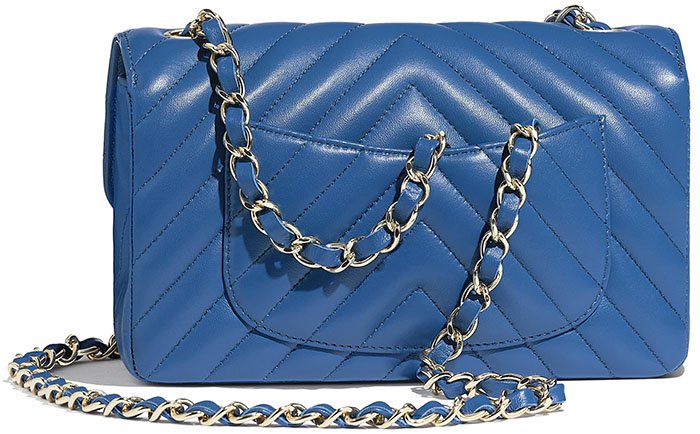
The back of the CC lock hardware should have two screws holding a metal plate down. The plate must have “CHANEL” embossed on the left and “PARIS” embossed on the right.
Only flathead or star screws (the latter only debuted on Chanel bags in 2015) are used by the brand.
9. Know Your Leather Straps
Starting in the ’80s, Karl Lagerfeld began to lace leather into the chains on some Chanel bags. Today, there are four ways the luxury brand does this.
Four-fold with a stitch: This strap style is often seen on exotic-skin Medium Classics, Maxis, Jumbos, and vintage camera bags. A strip of leather is folded until the two edges meet in the middle. Then it is folded one more time.
Triple-fold: This technique is used in most of Chanel’s Medium Classic Flap bags.
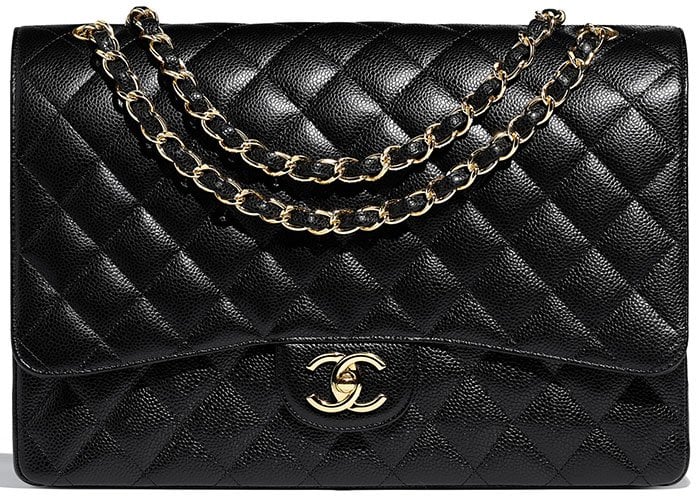
A strip of leather is folded once and then folded back again. It has no visible stitching – only a rolled and a cut edge on one side and a rolled edged on the other.
For wallets and chains:
Cut edge: To create this type of strap, two-piece of leather are cemented together then cut both edges, leaving the edges on both sides raw.
Turn (or fold) to center: In this technique, two edges of a leather strip are folded together until they meet. The strip is then hammered until a line on the side of the leather is visible, and the two edges are folded.
10. Consider the Entire Piece as a Whole
When purchasing luxury goods secondhand, it’s important to develop a sensitivity to details. While you can usually rely on smell alone to identify a knock-off Chanel bag, it’s still good to know what details to scope out when passing judgment on a bag with the Chanel logo.
Buy only from reputable sellers. Bags sold at flea markets, home parties, and street vendors are likely to be fake. If a seller has an extremely high inventory of the same style, be wary.
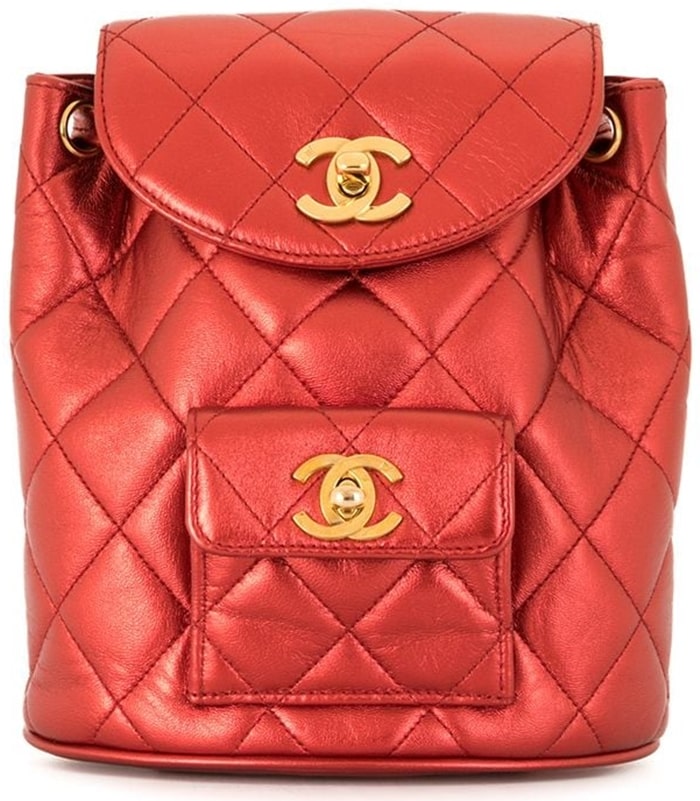
Finally, please become familiar with any brand you’re considering purchasing from and take notice of its collections. Chanel changes details every year, so it helps if you stay on track with current brand offerings.
Chanel Fast Facts
Where are Chanel products made?
Chanel’s commitment to quality and preserving its rich heritage is evident in its manufacturing choices. All Chanel handbags and shoes (except espadrilles, made in Spain) are manufactured in France and Italy.
It’s crucial to note that while Paris is the brand’s origin and remains its headquarters, Chanel items will not have tags that say “Made in Paris.”
Authentic Chanel pieces typically have tags that read “Made in France” or “Made in Italy.” Any bag claiming to be “Made in Paris” is likely fake.
Also, authentic Chanel bags do not say “Made in China.” Chanel prides itself on its craftsmanship and heritage, and its bags are predominantly manufactured in France and Italy. If you come across a Chanel bag with a “Made in China” label, it is a significant red flag and is likely a counterfeit product.
Small leather goods are produced in Italy and Spain. Knitwear is made in France, Italy, and Scotland.
How much do Chanel bags and wallets cost?
Chanel bags and wallets can range from $2,700 to $8,200. For a complete and updated price list, visit Chanel’s official website. You can purchase pre-owned products at Farfetch.
Who owns Chanel today?
The company is owned by Alain Wertheimer and Gérard Wertheimer, grandsons of Pierre Wertheimer, who was an early business partner of the couturière Coco Chanel. The brothers have a combined net worth of over $30 billion.
If you need more assistance, this great video features more tips on differentiating between authentic and counterfeit Chanel products.
